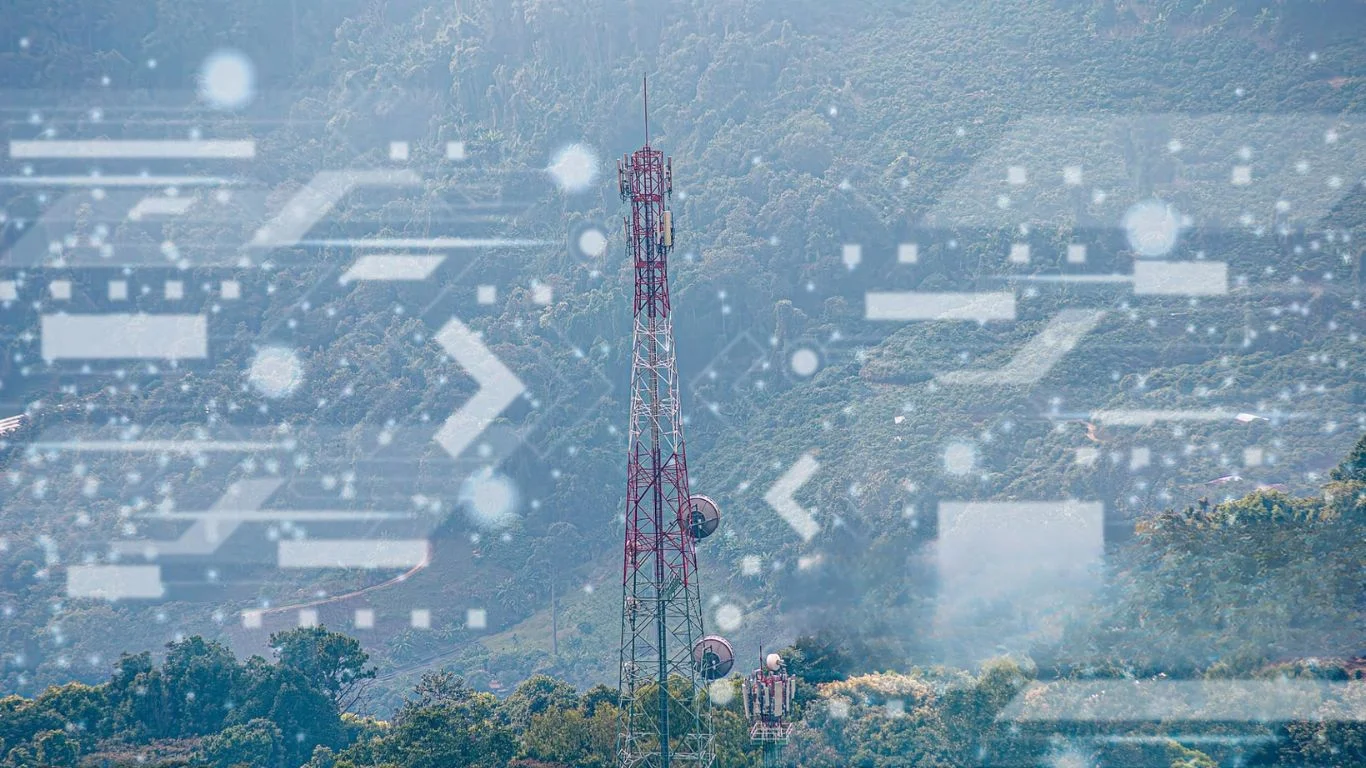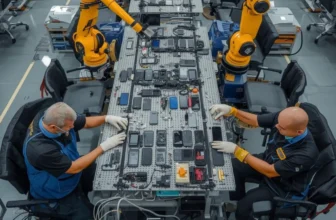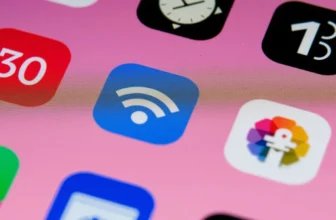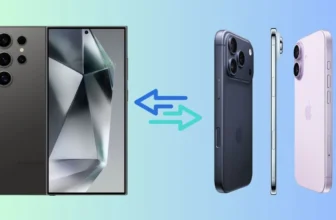
In recent years, satellite connectivity has been generating significant buzz in the tech world, especially as companies and governments look for innovative ways to extend mobile coverage to the most remote parts of the globe. With the promise of providing reliable, high-speed internet and mobile services in rural and underserved areas, satellite connectivity could be a game-changer for the future of mobile communications. But will it truly replace traditional mobile networks, or is it simply a complementary technology?
In this article, we’ll explore the potential of satellite connectivity for mobile services, its current applications, and the future implications for mobile communication worldwide.
What is Satellite Connectivity?
Satellite connectivity refers to the use of satellites in space to provide internet or communication services to the ground, rather than relying on traditional infrastructure like cell towers or fiber optic cables. These satellite systems operate by sending signals between earth stations and satellites, which then relay them back to various points on the Earth’s surface. This connectivity allows mobile phones and other devices to access data, voice services, and internet even in areas where traditional mobile networks don’t reach.
The Role of Low Earth Orbit (LEO) Satellites
Historically, satellite communication relied on geostationary orbit (GEO) satellites, which are positioned far above the Earth, often at 35,000 kilometers. While GEO satellites offer wide coverage, they have significant latency issues, making them unsuitable for high-speed data transmission, especially in real-time applications like gaming or video calls.
The newer generation of satellites—low Earth orbit (LEO) satellites—has revolutionized the potential for satellite connectivity. These satellites orbit at much lower altitudes, typically between 500 to 2,000 kilometers, allowing for much lower latency, faster data speeds, and more reliable connections. LEO satellites are part of ambitious global projects like SpaceX’s Starlink, OneWeb, and Amazon’s Project Kuiper, all aiming to create networks of satellites that will deliver high-speed internet and mobile connectivity to underserved regions of the world.
The Promise of Satellite Connectivity for Mobile Phones
Satellite connectivity promises to revolutionize mobile services by solving several long-standing challenges that traditional cellular networks face, particularly in remote and rural areas. But what makes satellite connectivity so exciting, and what are its practical benefits?
Global Coverage
One of the most significant advantages of satellite connectivity is its ability to provide global coverage. Traditional mobile networks rely on terrestrial towers and infrastructure that are often concentrated in urban areas, leaving large swaths of rural and remote regions without reliable service. Satellites, on the other hand, can cover the entire globe, making it possible to offer connectivity in places where it was previously unavailable.
This is particularly important for regions like mountainous areas, remote islands, and rural communities in developing countries, where traditional network infrastructure may be difficult or economically unfeasible to deploy.
Reliable Communication in Emergencies
In addition to connecting underserved areas, satellite connectivity can play a crucial role during natural disasters or in areas where terrestrial networks are disrupted. Earthquakes, hurricanes, and other disasters can destroy cellular towers and infrastructure, leaving communities without communication capabilities. In these scenarios, satellite-based systems can provide reliable communication services for emergency responders, governments, and affected populations, ensuring that help can reach those in need.
High-Speed Internet for Remote Locations
With the growing need for remote work, telemedicine, and online education, reliable high-speed internet access has become more crucial than ever. For many remote or isolated areas, traditional internet infrastructure like fiber-optic cables or even 4G/5G mobile networks can be prohibitively expensive or impossible to deploy. Satellite connectivity, particularly via LEO constellations, offers the potential to deliver affordable, high-speed internet to these areas, enabling rural communities to access the digital economy and essential services.
Enhancing Mobile Coverage in Urban Areas
In addition to providing service to remote areas, satellite connectivity could enhance mobile coverage in urban settings. As mobile data consumption continues to rise, traditional cellular networks can become congested, leading to slower speeds and connectivity issues. Satellite connectivity can help offload some of this traffic, providing additional bandwidth to support the growing demand for data services in cities.
Challenges and Limitations of Satellite Connectivity
While satellite connectivity offers tremendous potential, there are still several challenges that need to be addressed before it can become a mainstream solution for mobile communications.
Cost and Infrastructure Development
The development and launch of satellite constellations like Starlink and OneWeb involve massive investment in infrastructure. The cost of building, launching, and maintaining thousands of satellites in orbit, as well as the ground stations required for communication, is significant. Although satellite internet is becoming more affordable, it’s still more expensive than traditional mobile services in many areas, and its widespread adoption may be limited by cost barriers, especially in developing countries.
Latency and Bandwidth Limitations
While LEO satellites drastically reduce latency compared to GEO satellites, they still face challenges in providing the same level of low-latency performance as traditional fiber or 5G networks. The latency in satellite communications, while improved, can still be a concern for applications that require real-time responsiveness, such as online gaming, video conferencing, or financial transactions.
Additionally, while LEO satellites can provide high speeds, their bandwidth capacity may be limited in the early stages of deployment, which could result in congestion or slower speeds for users.
Weather and Environmental Interference
Satellite communication can be affected by weather conditions such as heavy rain, snow, or storms. These environmental factors can cause signal degradation or even temporary outages, making satellite connectivity less reliable in extreme weather conditions compared to terrestrial networks. For mobile users, this means that while satellite connectivity can provide a backup option, it may not always be the most reliable service.
Regulation and Spectrum Licensing
The use of satellite networks requires the coordination of global regulations and spectrum licensing. With multiple companies launching satellite constellations, managing the use of airwaves to avoid interference and ensure quality service across different regions is a complex task. Additionally, governments will need to implement policies to ensure fair access to satellite networks and prevent monopolization of the service by a few large providers.
The Future of Mobile Connectivity with Satellites
Despite the challenges, satellite connectivity holds immense promise for the future of mobile communication. As satellite technology continues to evolve, the potential for global mobile coverage, low-cost internet, and enhanced connectivity will expand. Companies like SpaceX with Starlink, Amazon’s Project Kuiper, and others are working to launch massive satellite constellations that could drastically change how we access mobile services, especially in remote regions.
The integration of satellite connectivity with existing cellular networks, such as through hybrid solutions that combine terrestrial and satellite-based services, could provide seamless coverage in both urban and rural areas. This hybrid approach could bridge the gap between traditional mobile networks and satellite systems, offering users the best of both worlds.
Moreover, the continued development of 5G technology, combined with satellite networks, could open up new possibilities for high-speed mobile services that are truly available anywhere, from the busiest cities to the most remote corners of the Earth.
Conclusion: Is Satellite Connectivity the Future of Mobile?
Satellite connectivity has the potential to significantly change the way we think about mobile communications. While it may not completely replace traditional mobile networks anytime soon, it will likely complement and enhance them, especially in remote and underserved regions. As satellite technology improves and more companies launch their satellite constellations, we can expect to see broader adoption and better services for mobile users worldwide. The future of mobile connectivity is undoubtedly bright, and satellite technology will play a crucial role in shaping it.
Frequently Ask Questions (FAQ’s)
Satellite connectivity allows mobile phones to access data and services via satellites, ensuring coverage in remote areas.
It provides global coverage, especially in remote or underserved areas, offering internet and mobile services where traditional networks don’t reach.
While satellite connectivity can complement 5G and Wi-Fi, it is unlikely to fully replace them due to bandwidth and latency limitations.
Satellite connectivity faces challenges like cost, latency, weather interference, and spectrum regulation, which can impact reliability.
LEO satellites offer lower latency and faster data speeds compared to traditional geostationary satellites, enhancing mobile services.






